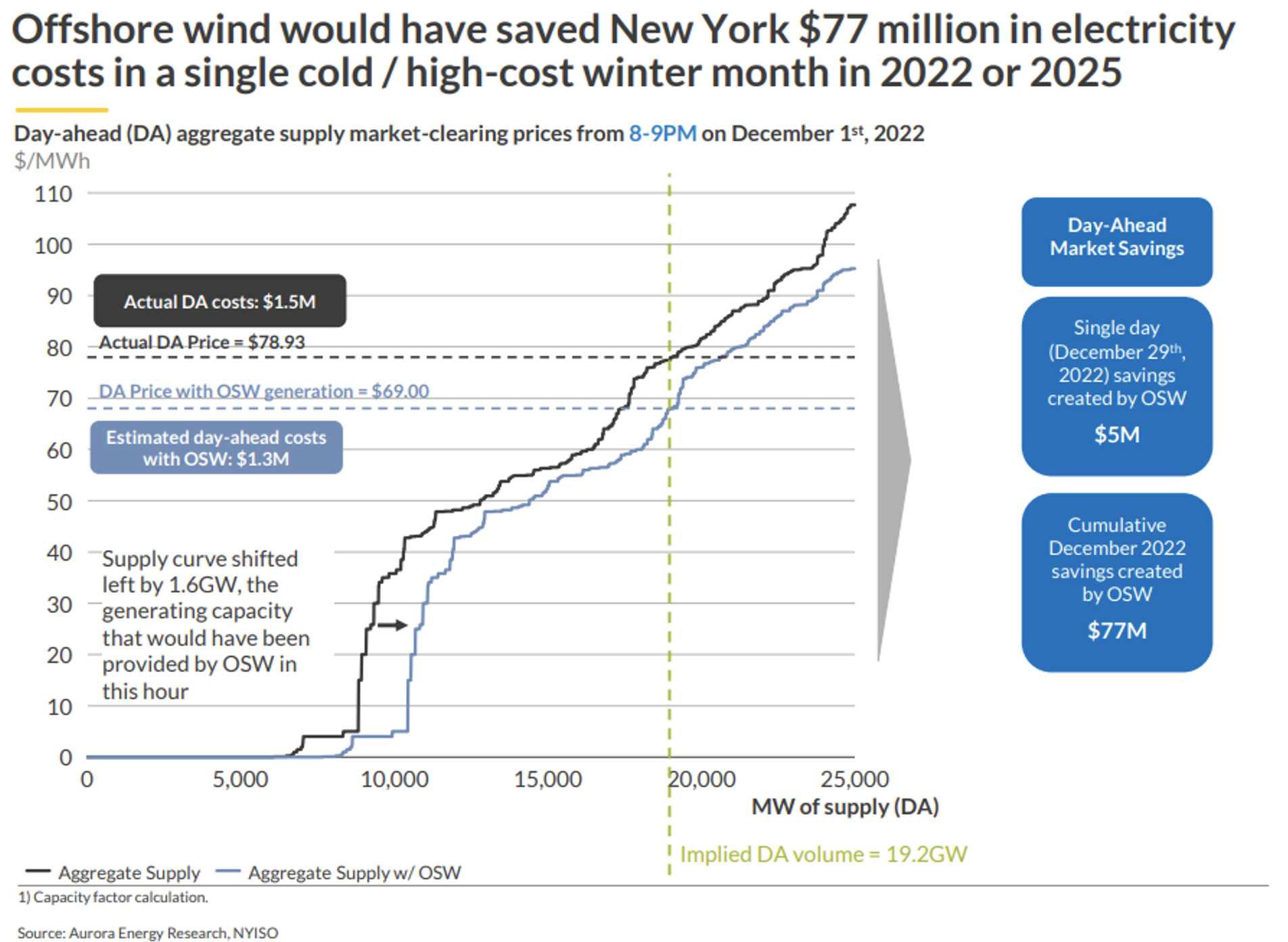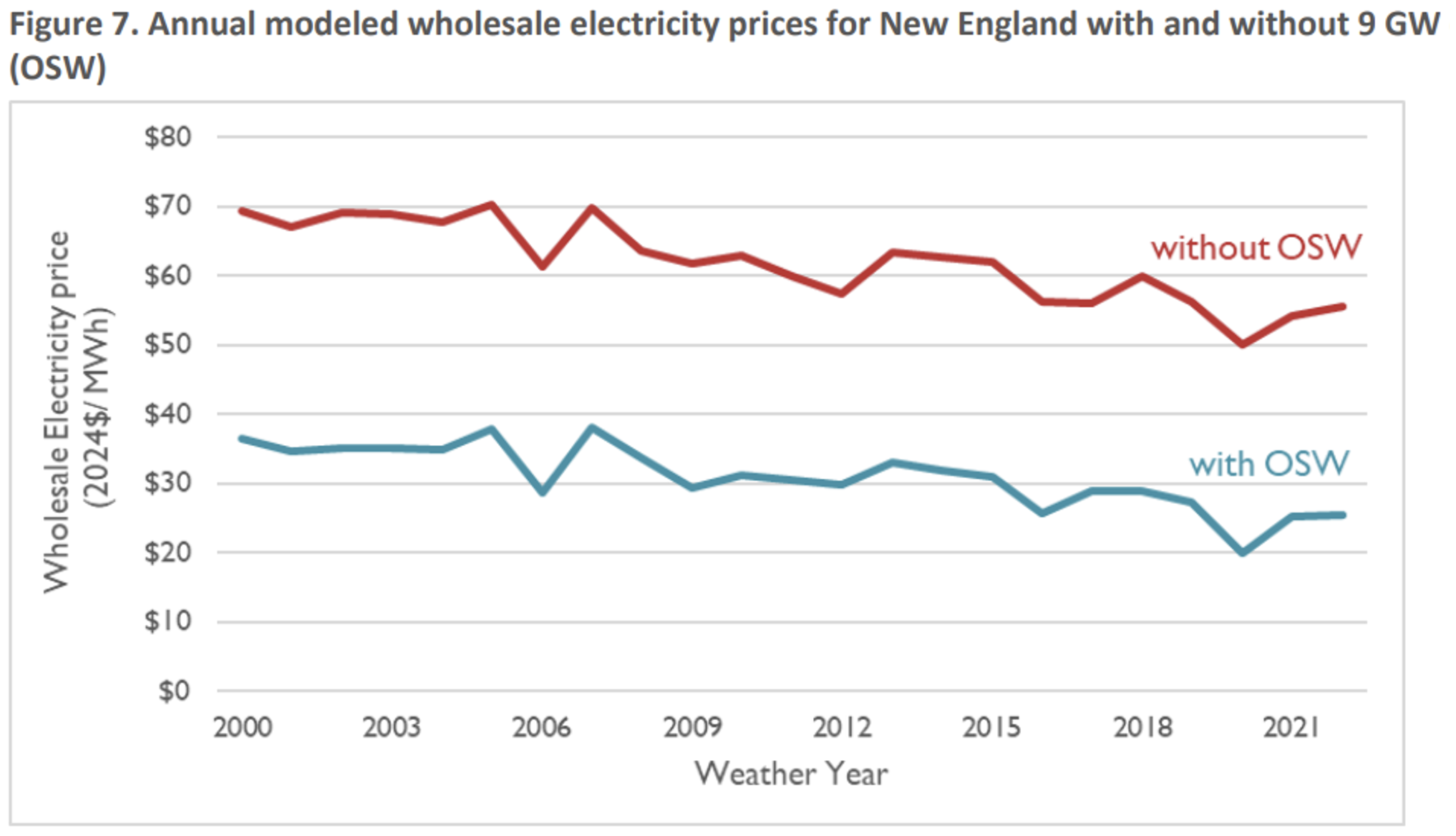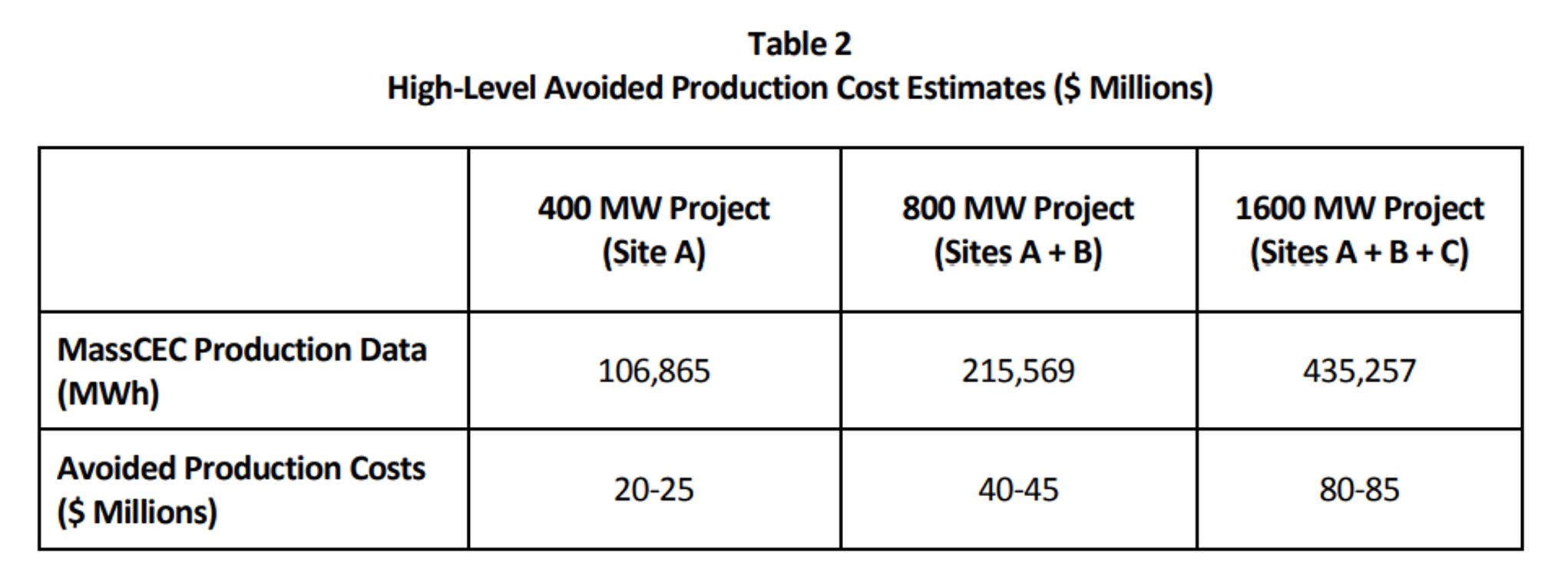‘Status quo roadmap’: Critics say new RI transportation plan fails climate, transit goals
Rhode Island planners have approved a new version of the state’s 10-year transportation funding plan over objections that it is too focused on automobiles and will not do enough to meet the state’s climate goals.
The State Transportation Improvement Plan for 2026-2025 lays out $11.5 billion worth of spending over that period, including construction, maintenance, highways, streets, sidewalks, bridges, buses and ferries.
Despite his big-picture opposition, Wolf said positive projects in the new 10-year plan included the Kingston Station Mobility Hub, Westerly Train Station platform upgrades, Mount Hope Bay Greenway and Wakefield Main Street improvements.
Grow Smart RI is part of a dozen-group coalition, including the Acadia Center, Save RIPTA and the Conservation Law Foundation, that wrote with a series of requests to the Planning Council including:
- A detailed account of how the state DOT plans to reduce carbon emissions and take steps to reduce driving instead of relying on a transition to electric cars
- A separate plan section on how the state intends to execute the Transit Master Plan
- Shift some flexible federal transportation funding toward RIPTA
- Put funding behind plans to electrify the MBTA’s Providence Line
- Build dedicated bus lanes on existing highway lanes and include a carpool lane on the new westbound Washington Bridge.
To read the full article from the Providence Journal, click here.
Acadia Center Responds to Governor McKee (RI)’s Rate Relief Announcement
September 12, 2025
The two settlements highlighted in the Governor’s rate relief announcement are examples of our regulatory bodies holding the utility accountable to their obligations and refunding money already owed to ratepayers. Acadia Center thanks the DPUC and PUC for their tireless efforts on this front and appreciates the immediate relief these returns offer for Rhode Islanders struggling with energy costs.
However, we cannot rely on settlements alone to provide rate relief year after year in the future. In addition to ongoing regulatory oversight, Rhode Islanders need long-lasting, renewing tools to help protect against rising energy costs. Energy efficiency is one such key tool – it lowers energy bills year after year, at the household and business level and across the gas and electric systems by proactively reducing supply and infrastructure costs.
Unfortunately, Rhode Island’s energy efficiency programs are facing significant cuts this year, despite cost-effectively providing tangible benefits for Rhode Islanders. Acadia Center urges that proposed program cuts be reversed and the accompanying savings be added to an even more robust and enduring rate relief package from the McKee Administration this fall.
Reporting by the Providence Journal
Media Contact:
Emily Koo, ekoo@acadiacenter.org, 401-276-0600 x402
New Hampshire has never been a trailblazer on solar, but clean energy proponents still see a path
New Hampshire has been slower than the rest of New England to lean into renewable electricity generation, including through solar power. And while some opportunities to change that will likely arise during the upcoming legislative session, it’s not yet clear whether lawmakers will have an appetite to pursue them.
This principle was particularly visible in New England this June, when a buffer from behind-the-meter solar — meaning arrays installed at the site of use, such as residential rooftop panels — saved consumers an estimated $8.2 million in peak electricity pricing on one particularly hot day, according to a report by renewable energy advocacy nonprofit The Acadia Center.
To read the full article from the New Hampshire Bulletin, click here.
Anti-Renewable Policies Will Cost Ratepayers
The Mad King’s fever dream of energy dominance is designed to reward the fossil fuel industry and punish renewable energy. It will prove costly to both ratepayers and public health.
It’s also doomed to fail, according to energy economics experts.
Jamie Dickerson, senior director of climate and clean energy programs at the Acadia Center, said the actions taken by the regime to halt offshore wind projects and port infrastructure along the East Coast will “increase utility bills for families and businesses by hundreds of millions of dollars annually, jeopardize reliable power, and kill thousands of good-paying, union jobs.”
Dickerson noted these stoppages and withdrawn funding will make energy systems more vulnerable to extreme weather, weaken federal-state energy system planning and collaboration, and erode investor confidence and market stability that will, like the IEEFA said, undermine future investment in needed grid infrastructure.
“From any point of view, halting work on established wind projects that states energy officials are relying on to meet power needs, clean the air, and reduce system costs defies the facts and simply makes no sense,” Dickerson said.
To read the full article from ecoRI, click here.
CT, RI sue over federal offshore wind work orders
Connecticut and Rhode Island are suing the Trump administration over orders to halt work on offshore wind developments.
The federal orders demand work cease on Revolution Wind, located off the Rhode Island coast. It is expected to power 350,000 New England homes and if construction continues unabated, it would be operational by next year.
Jamie Dickerson, senior director of climate and clean energy programs at the Acadia Center, said the work stoppage could raise consumer costs.
“The projects, as they were supposed to come online, would have substantially hedged the region against those volatile winter fuel costs,” Dickerson explained. “Because the offshore wind contracts are at a fixed price, it reduced the amount the region would otherwise have to pay for more expensive fossil fuels.”
A new study showed offshore wind has the potential to save New England residents $400 million a year in energy costs. It comes as Connecticut has the third-highest electricity costs nationwide. The federal action also halts grants for ports to be developed into offshore wind ports. Bridgeport will lose a $10.5 million grant allocated in 2022 for the construction of an operations, maintenance and wind facility.
The effects of the federal order go beyond ratepayers’ cost, affecting state economies as well. Connecticut and Rhode Island saw an additional 1,200 jobs from the Revolution Wind project. Dickerson pointed out not just about the jobs at the port but indirect jobs stemming from the burgeoning industry.
“The fishermen and the mariners, and the navigators who have been benefiting from the ripple effect investments of these offshore wind project developments, shuttling workers to and from ports to the staging facilities and the vessels offshore,” Dickerson outlined.
Studies have shown Connecticut has significant potential for being a hub for the offshore wind supply chain. Aside from the federal challenges, the state has shown some wavering commitment to clean energy. Gov. Ned Lamont pulled Connecticut from a multistate offshore wind deal last year and a natural gas pipeline expansion is being given preliminary approval.
To read the full article from Public News Service, click here.
Editorial: Healey concedes natural gas’ key role in energy mix
When it comes to energy supplies, the corner office — at least for the time being — has chosen economic pragmatism over ideology.
Gov. Maura Healey signaled that shift by expressing her support for Eversource Energy’s proposal to lock in more natural gas for Massachusetts, a sign that at least one official in her administration sees fossil fuel continuing as an integral component of the state’s energy mix.
Nonetheless environmental advocates said regulators should carefully weigh whether more gas infrastructure is warranted.
“Acadia Center is reviewing the proposed pipeline expansion project, which responds to the task given to gas utilities by the DPU to phase-out reliance on Everett Marine Terminal,” the group said in a statement.
“Phasing-out reliance on EMT should be done first with all available clean energy solutions, rather than with expanded gas pipeline supply.”
To read the full article from the Lowell Sun, click here.
Revolution Wind developer sues Trump administration over stop-work order
Less than two weeks after the Trump administration issued a stop-work order for Revolution Wind — a large and nearly complete wind farm off the coasts of Massachusetts and Rhode Island — the company behind the project, is pushing back.
Ørsted, one of the largest offshore wind developers in the world, sued the administration in U.S. District Court for the District of Columbia on Thursday. In its complaint, the company called the stop work order “unlawful,” claiming it “lacks any evidentiary basis” and was issued “without statutory authority.”
“We didn’t believe these actions taken by the president were lawful, and I’m really glad to see Ørsted pushing back heavily,” said Kyle Murray, Massachusetts program director at the Acadia Center, a clean energy research and advocacy nonprofit. “Hopefully this lawsuit will prevail.”
To read the full article from wbur, click here.
CT’s Latest Climate Report Shows Emissions in 2023 Decreased in the Two Largest Sources of Climate Pollution: Transportation and Buildings
(HARTFORD) — The Connecticut Department of Energy and Environmental Protection (“DEEP”) published its latest Greenhouse Gas (“GHG”) Emissions Inventory, a comprehensive documentation of Connecticut’s air pollution that contributes to climate change. DEEP has issued this report since 2003, and also now in accordance with Public Act 25-125, signed into law by Governor Lamont earlier this month.
“Connecticut deserves credit for tracking emissions as the state works to meet clear, scientifically driven goals to reduce climate pollution” said Daniel Sosland, president of Acadia Center. “Acadia Center thanks DEEP for making emissions information publicly available, allowing the state and stakeholders to see where progress is being made and better adjust to challenges in the effort to build a clean energy economy. Addressing climate is essential to positioning Connecticut for a stronger economic future, reducing energy costs, and making needed improvements in housing and transportation that will improve the quality of life in its communities.”
To read the full article from the Connecticut Department of Energy & Environmental Protection, click here.
Healey backs natural gas transmission project
STATE HOUSE, BOSTON, SEPT. 3, 2025…..Gov. Maura Healey signaled support for Eversource’s proposal to lock in more natural gas for Massachusetts, offering an indication she sees the fossil fuel as an important part of the state’s energy mix even as her administration presses forward with longer-term climate goals.
Environmental advocates said regulators should carefully weigh whether more gas infrastructure is the right path. “Acadia Center is reviewing the proposed pipeline expansion project, which responds to the task given to gas utilities by the DPU to phase-out reliance on Everett Marine Terminal,” the group said in a statement.
“Phasing-out reliance on EMT should be done first with all available clean energy solutions, rather than with expanded gas pipeline supply.” The group also cautioned against long-term risks to consumers. “By doubling down on gas, Massachusetts and the region risk locking consumers into deeper and more expensive fuel cost exposure that will keep ratepayers paying higher bills for decades longer,” Acadia Center said.
To read the full article from State House News, click here.
Statement on Trump Administration Offshore Wind Orders
Contact: Jamie Dickerson – Senior Director, Climate and Clean Energy Programs; jdickerson@acadiacenter.org, 401-276-0600 x102
Acadia Center issued the following statement on the latest actions by the Trump Administration against offshore wind. This is a developing story.
Offshore wind stoppages from the Trump Administration will drive up consumer costs, jeopardize grid reliability, and kill thousands of good-paying jobs
Actions will make energy more costly, less reliable, and more polluting
“Actions taken by the Trump Administration to halt critical offshore wind projects and port infrastructure along the east coast will increase utility bills for families and businesses by hundreds of millions of dollars annually, jeopardize reliable power, and kill thousands of good-paying, union jobs,” said Jamie Dickerson – Senior Director, Climate and Clean Energy Programs at Acadia Center. These stoppages and withdrawn grants will make energy systems more vulnerable to extreme weather events, wreak further damage on federal-state energy system planning and collaboration, and erode investor confidence and market stability – undermining future investment in urgently needed grid infrastructure. From any point of view, halting work on established wind projects that states energy officials are relying on to meet power needs, clean the air, and reduce system costs defies the facts and simply makes no sense.
The August 29 announcement withdrawing and cancelling significant offshore wind port infrastructure funding comes just one week after the stop work order halting progress on the 80% complete Revolution Wind project, which was slated to begin delivering 700 MW of power to Connecticut and Rhode Island in 2026. Other affected port projects in the northeast include those in: Bridgeport, CT ($10.5m); Paulsboro, NJ ($20.5m); Quonset, RI ($11.2m); Staten Island, NY ($48m); and Salem, MA ($33.8m). Without investment in these critical port facilities, the region’s economy and infrastructure will be severely damaged. Further reporting now indicates the Trump Administration may also reconsider previously approved permits for SouthCoast Wind, serving Massachusetts.
Last week, a new study conducted by Daymark Energy Advisors on behalf of RENEW Northeast, found that offshore wind would have saved New England ratepayers at least $400 million in utility bill costs last year, lowering energy market prices by 11% and insulating ratepayers from expensive, volatile natural gas. Today, the grid is dangerously over-reliant on natural gas, which provides over 50% of electricity generation in New England. This overreliance costs ratepayers dearly, with volatility in natural gas prices imposing an extreme burden on ratepayers: on average, the region spends around $3 billion per year on natural gas for power generation, and recently, the region saw a 67% price increase between 2024 and 2025 due to a 112% jump in the price of natural gas (see: ISO New England report). Offshore wind is an effective hedge against this volatility, provide sorely needed on-peak production, and reducing fuel-burn to keep supplies available and replenished during extended cold-snap periods.
The bottom line: analysis after analysis provides compelling evidence that offshore wind will lower utility bills for households in New England and the Northeast. Acadia Center calls on policymakers and stakeholders to hold the Trump Administration accountable for the direct financial harms these project delays and stoppages have and will continue to inflict on families and businesses across the region.
Highlights of this and previous studies on offshore wind and energy affordability include:
Daymark Energy Advisors (August 2025):
Offshore wind would have lowered wholesale energy prices by 11%, saving ratepayers roughly $400m in Winter 24/25.
Under most conservative assumptions additional capacity from OSW would have reduced regional capacity market costs by at least $128 million.
Net bill impact for average residential customers of $1.32 to $2.68/month in savings, even under most expensive PPA scenarios.
Aurora Energy Research (May 2025):

Offshore wind would have saved New York $77 million in electricity costs in a single cold/high-cost winter month in 2022 or 2025.
In analysis of real market conditions in December 2022, study concluded that Empire Wind, Sunrise Wind, and South Fork Wind Farm would have saved New York $77 million.
Even higher wholesale prices in January 2025 would mean even higher savings likely greater than $80m.
Synapse Energy Economics (June 2024):

Nine GW of OSW by 2030 would reduce New England electricity bills by approx. $630 million to $1.7 billion annually under mid and high gas price scenarios, reducing customer bills by $2.79 to $4.61/month.
Would halve region’s spends on natural gas for power gen. (~$3b annually), help region retain $1.57 billion otherwise flowing out of region.
ISO-NE and MassCEC (December 2018):

Over a 16-day cold-snap period, 400 to 1,600 MW of offshore wind would have yielded $20 to $85m in avoided power production costs.
Production would have reduced day-ahead locational marginal prices (LMP) by 4% to 13%.


















